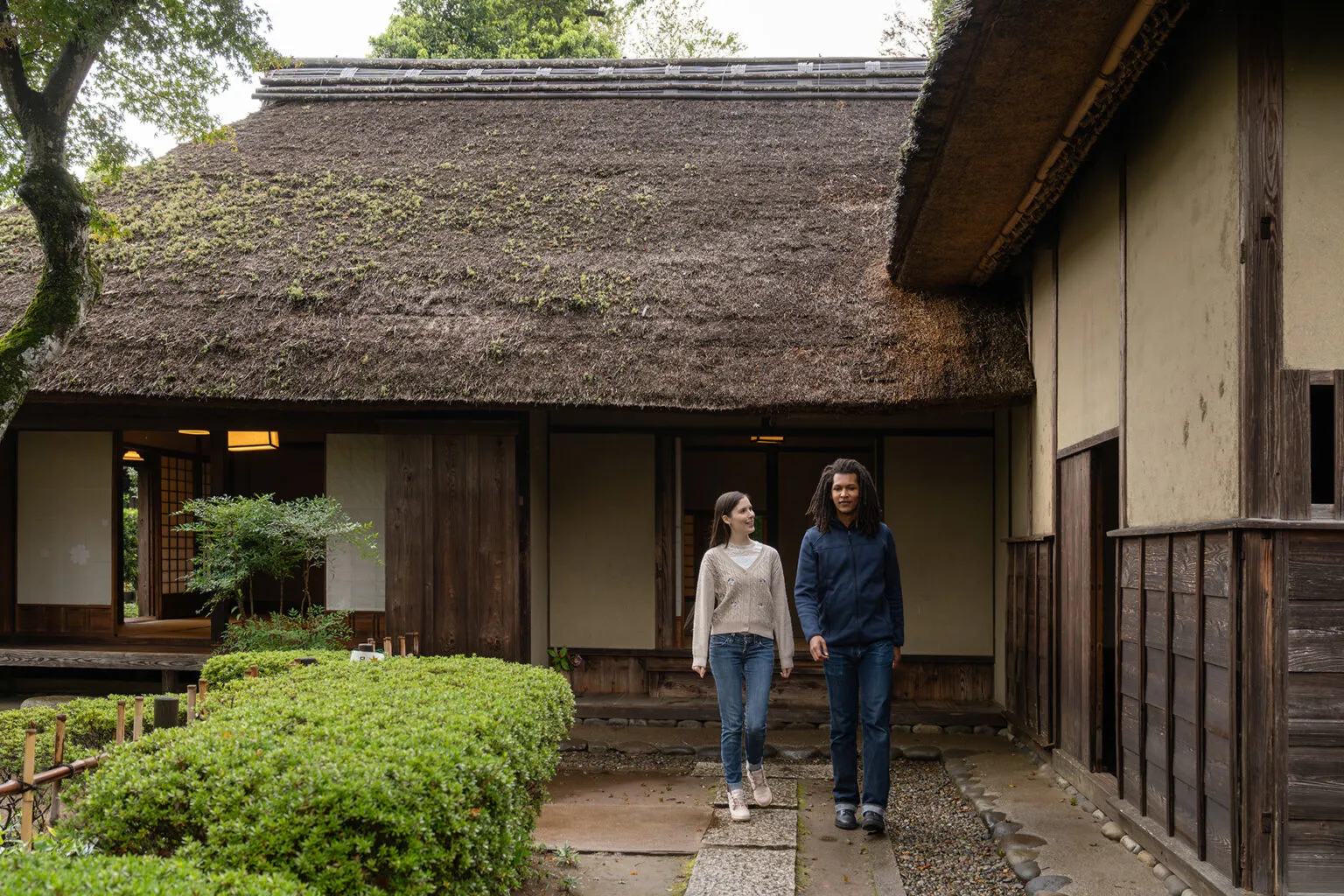
Things to Do | Visit Chiba | Latest update:2025/02/27
Contents
Hiyodori-zaka Slope Bamboo Forest and Old Samurai ResidencesHeart of Zen ExperienceLunch at Boshuu-yaArt & History MuseumsSakura Furusato SquareSakura City is rich with history, and much of it comes from their warrior past, as Sakura was at one point a jokamachi, meaning the sprawling town at the base of the area lord’s castle. Here you can still see the places where samurai warriors lived and trained like at the Old Samurai Houses of Sakura and the bamboo forest at the Hiyodori-zaka Slope. History buffs can also enjoy a visit to the National Museum of Japanese History and the Sakura City Museum of Art. Fans of flower viewing also flock to Sakura, as there are annual floral displays around the Dutch-style windmill at the Sakura Furusato Square. Visitors will find that Sakura is conveniently located on the way to Narita Airport, accessible by both the JR and Keisei lines via JR Sakura Station and Keisei-Sakura Station. Come explore this cultural nook in Chiba and build your itinerary using our recommended locations below.
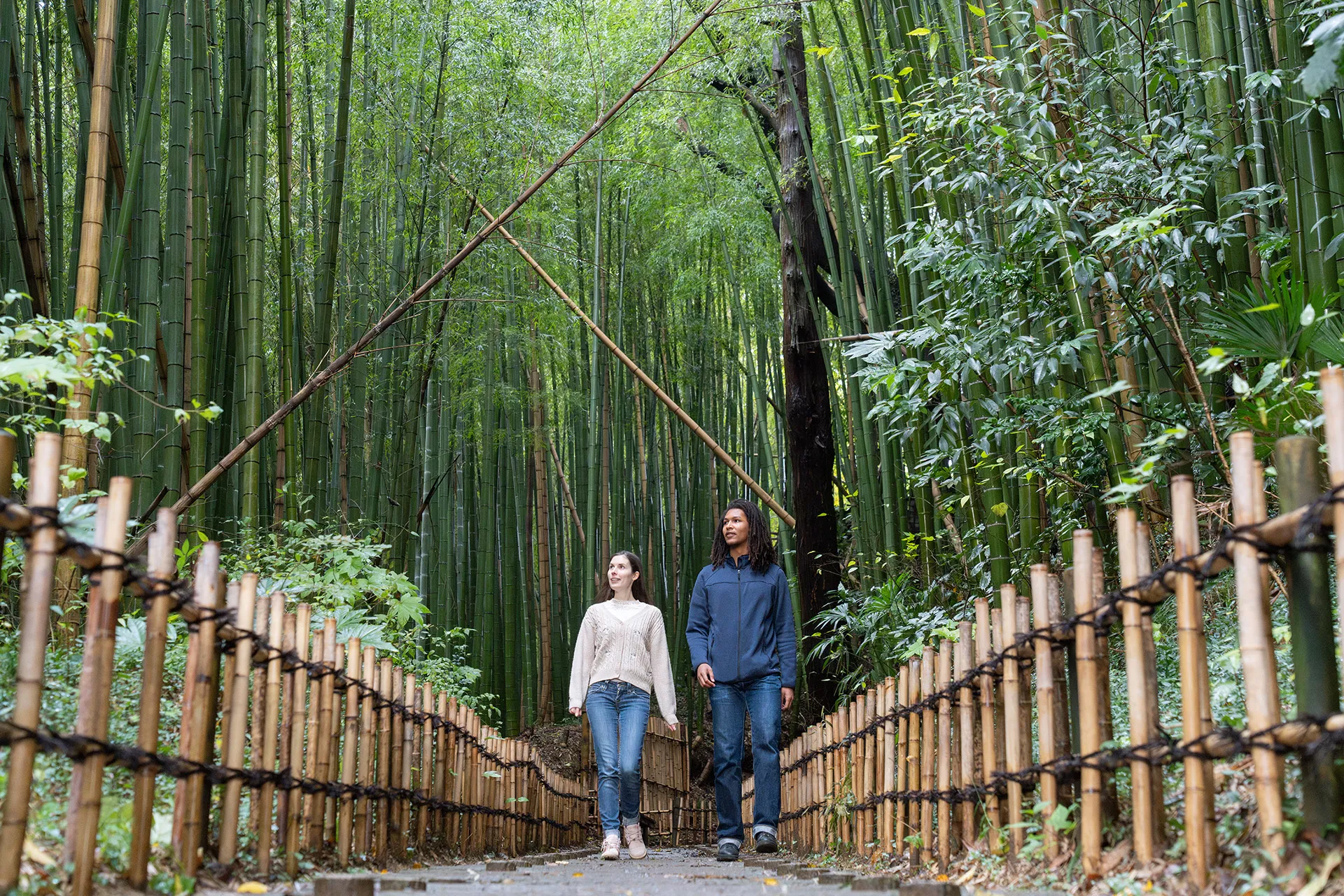
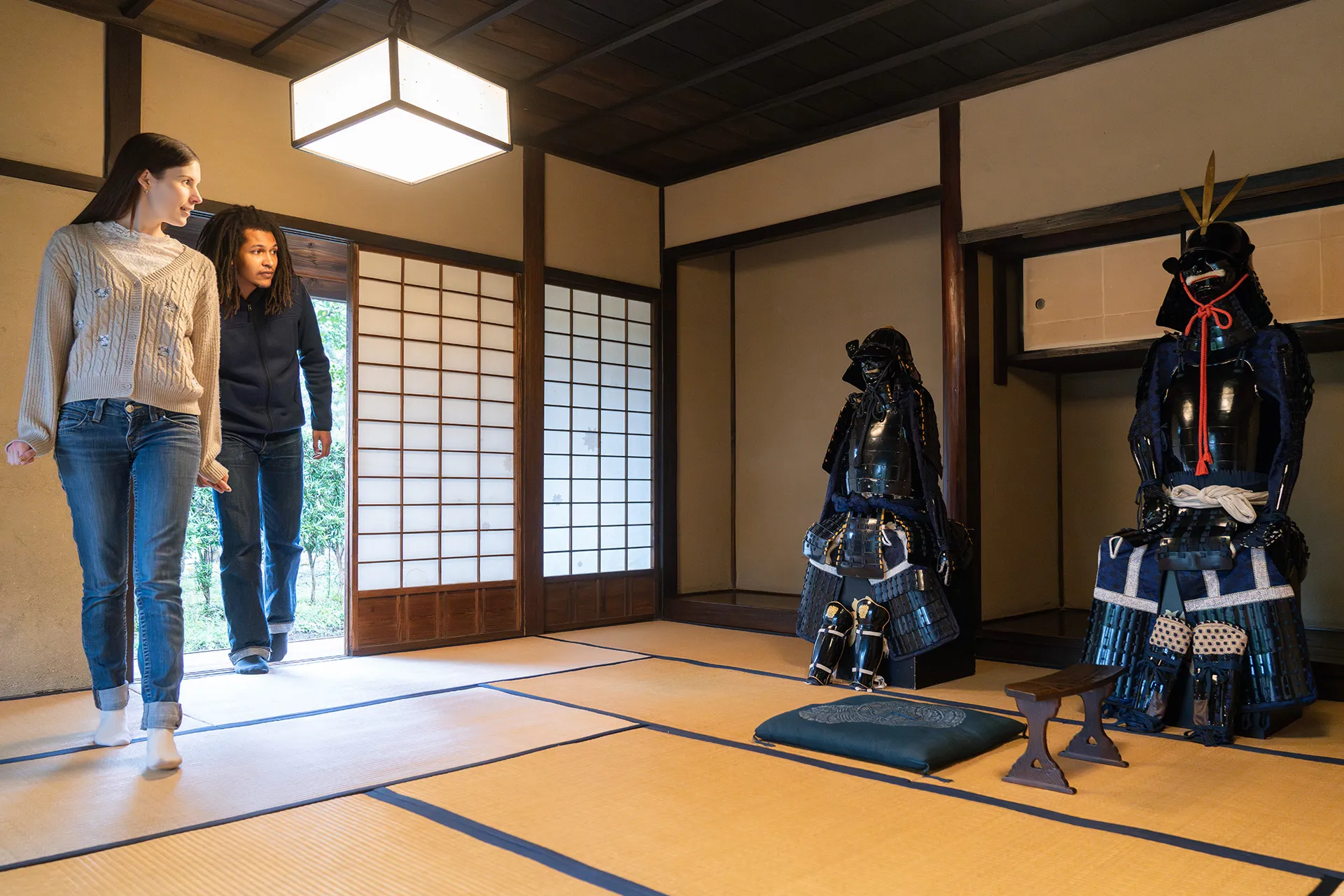
Hiyodori-zaka Slope, the “Old Samurai Road,” leads you through a lush towering bamboo forest toward three old samurai residences. Here you’ll find traditional houses where samurai families of the Sakura Clan once lived. Enter the houses and see where they cooked, slept, and carried out their activities of the day, and there is even armor and other artifacts on display for your enjoyment.
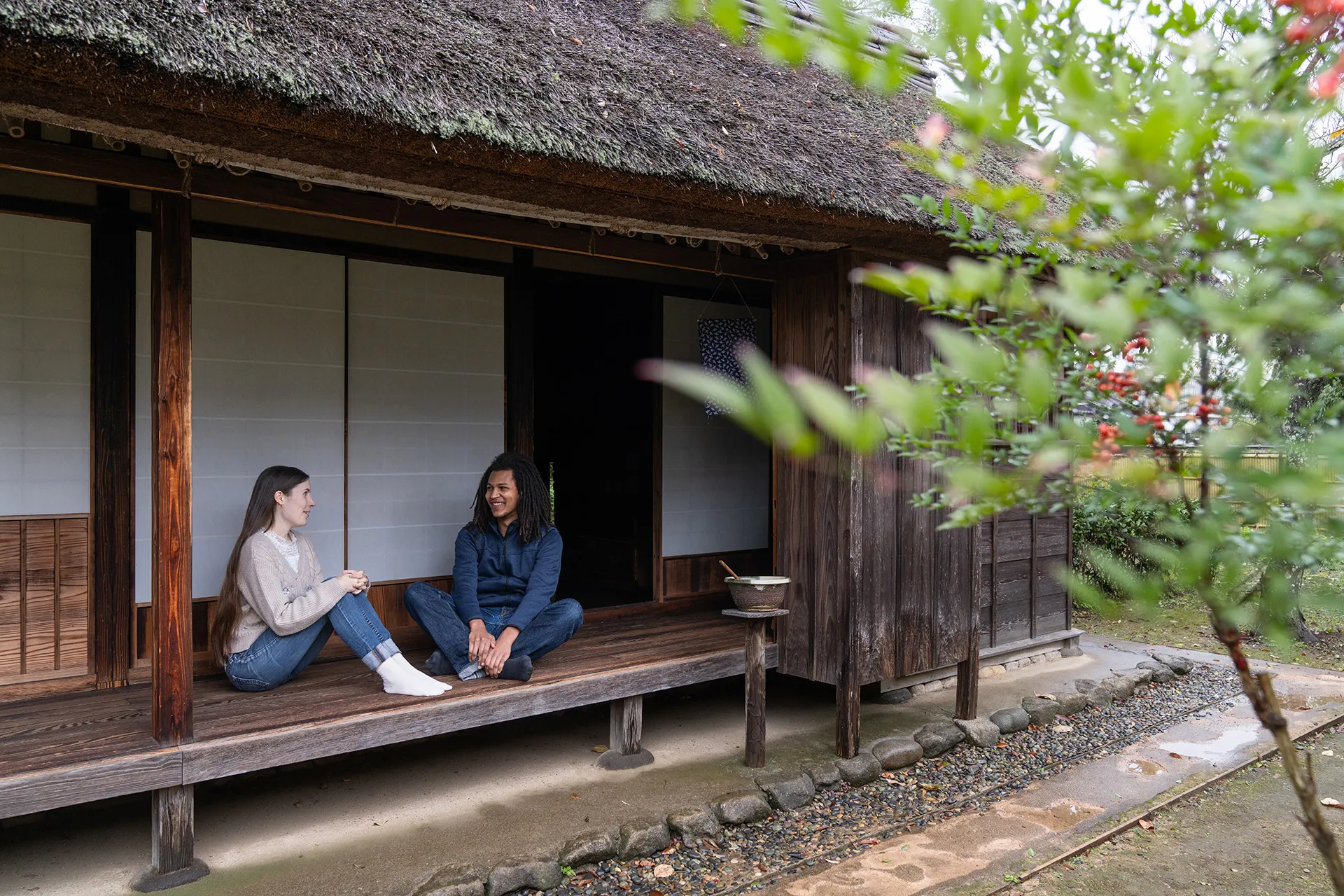
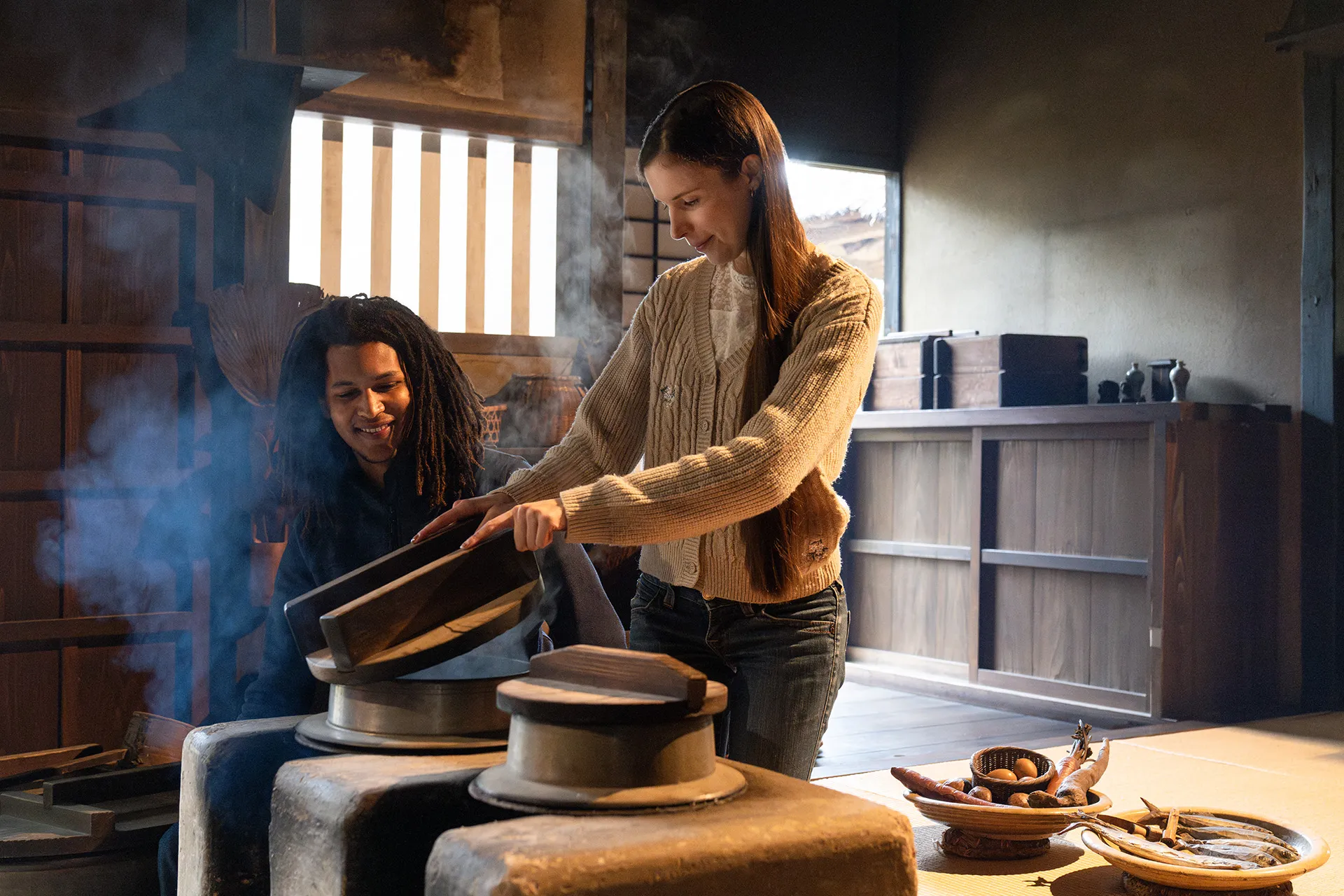
More information on the Hiyodori-zaka Slope and Old Samurai Residences here: https://www.visitchiba.jp/things/hiyodori-zaka-and-old-samurai-residences/
For a truly immersive time in Sakura, we recommend the Heart of Zen Experience. Special reservations (usually requiring a group of 3 to 6 people) can be made for the program by contacting the Sakura City Tourism Association using the email address listed on their page. The Visit Chiba team had a chance to participate in this unique experience conducted by the priest from the local Hojuin Temple, Katoh-sensei. The Heart of Zen takes place at the Former Residence of Lord Hotta, a beautifully preserved traditional estate in here in Sakura.
Please keep in mind that the contents and availability of the Heart of Zen Experience are often updated, and the below information is based on our experience in November 2023.
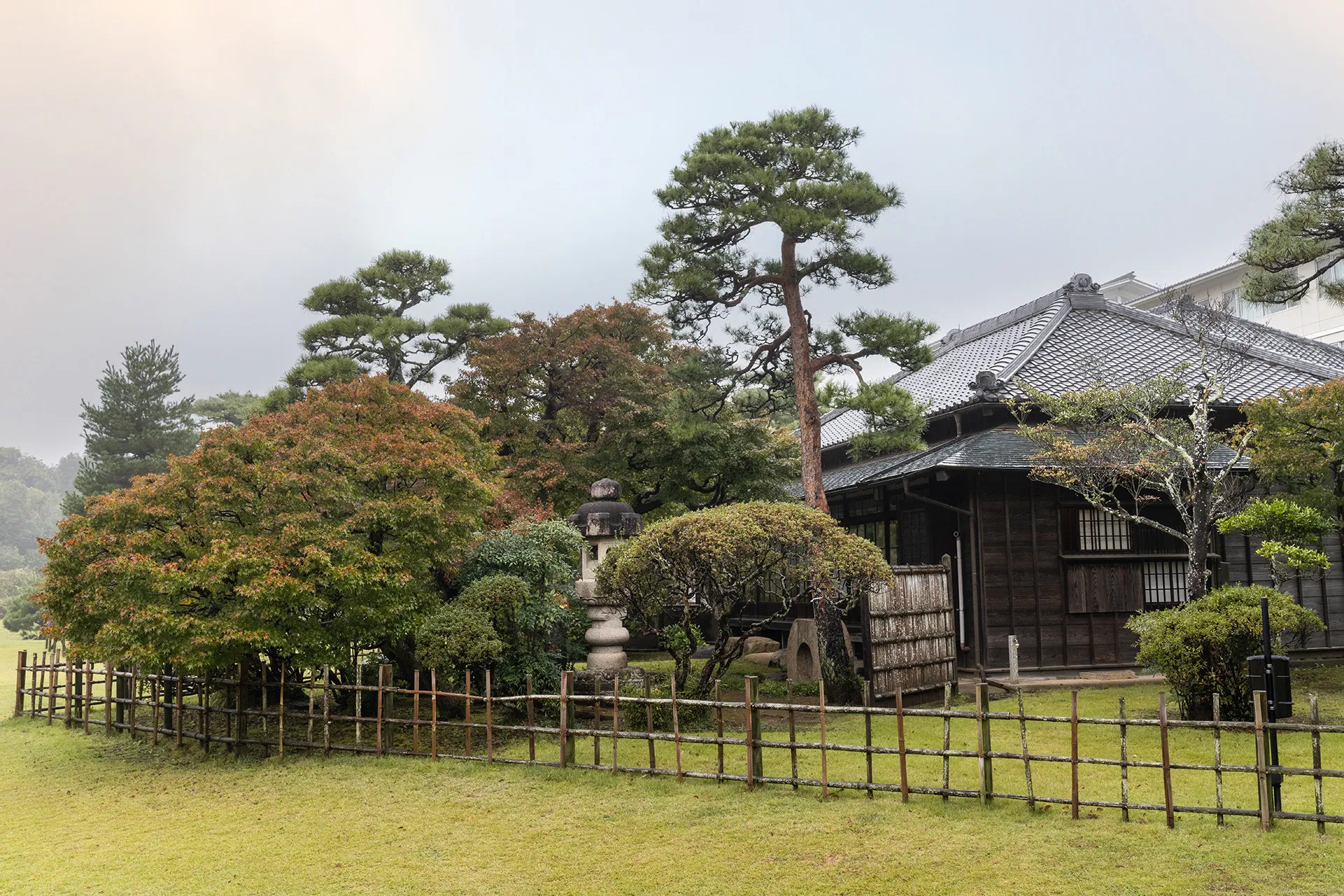
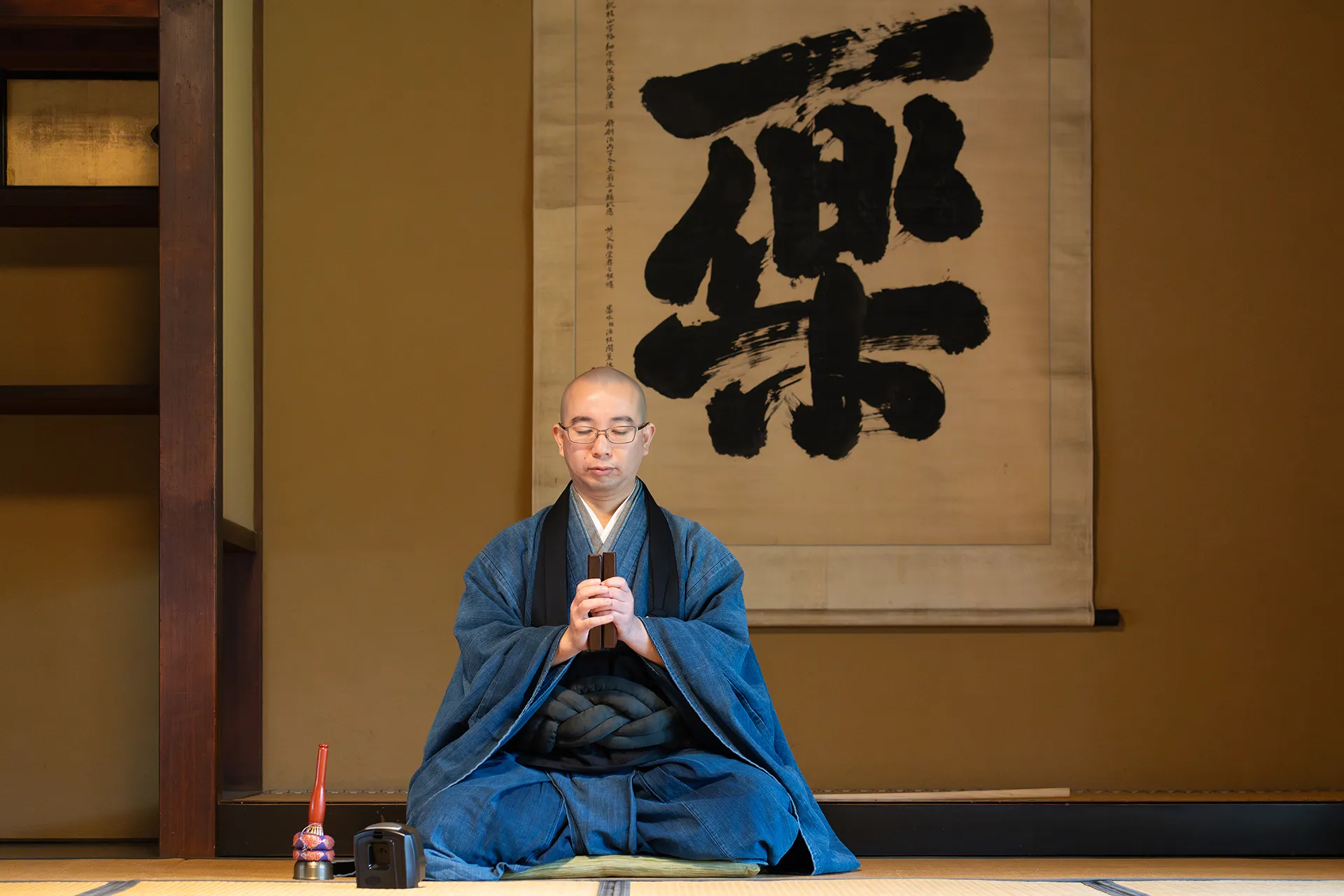
There are two main parts to the Heart of Zen Experience: zazen meditation and sado tea ceremony. The experience starts with zazen, which is a Buddhist discipline based on seated meditation. First we were fitted into traditional hakama, then we headed to the meditation room. There, Katoh-sensei handed out a sheet with English instruction, and then proceeded to explain the main elements of practicing zazen. If you do wish to participate in this program, we recommend having at least one Japanese speaker in your group, or a guide, who can interpret the subtler points of the instructions.
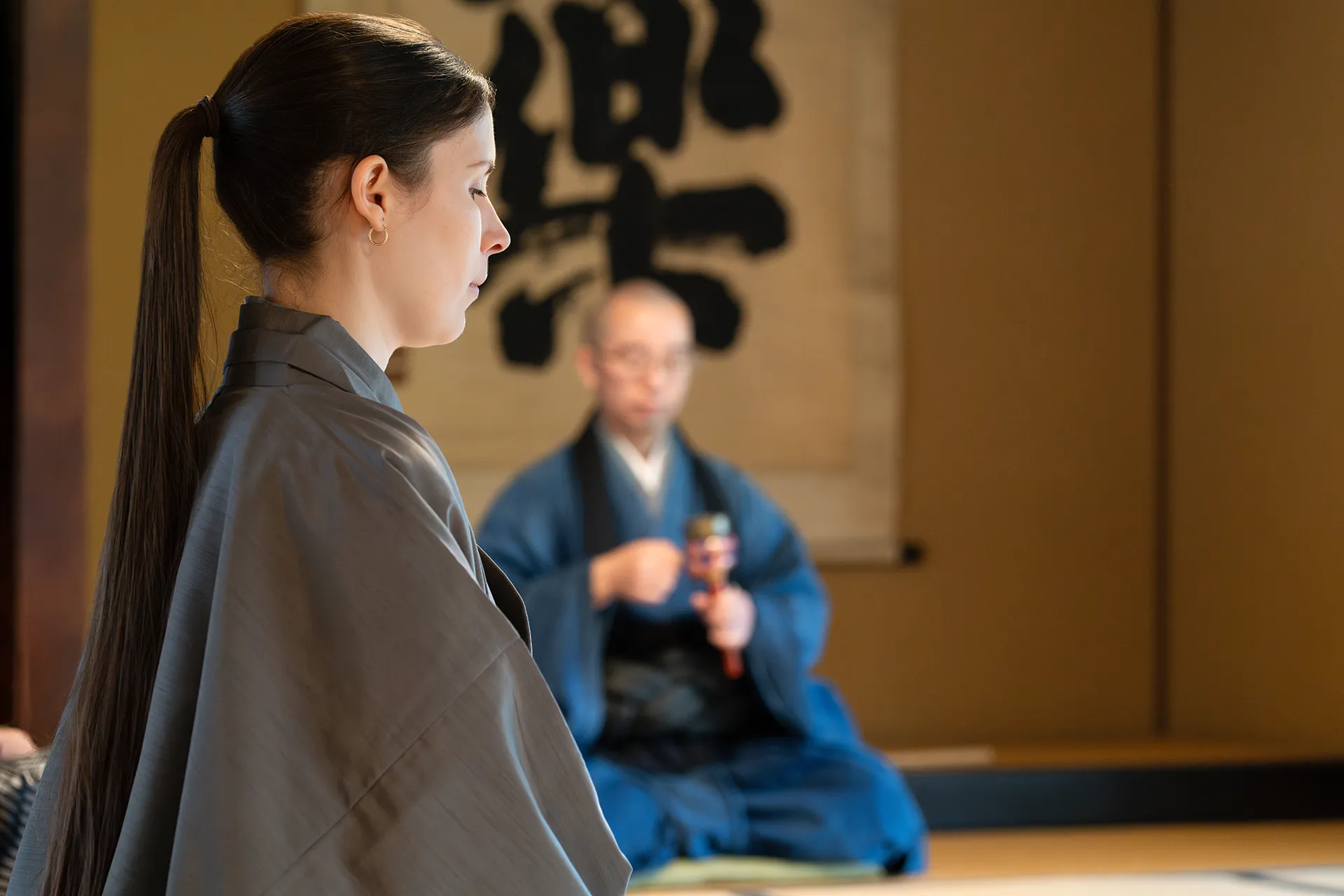
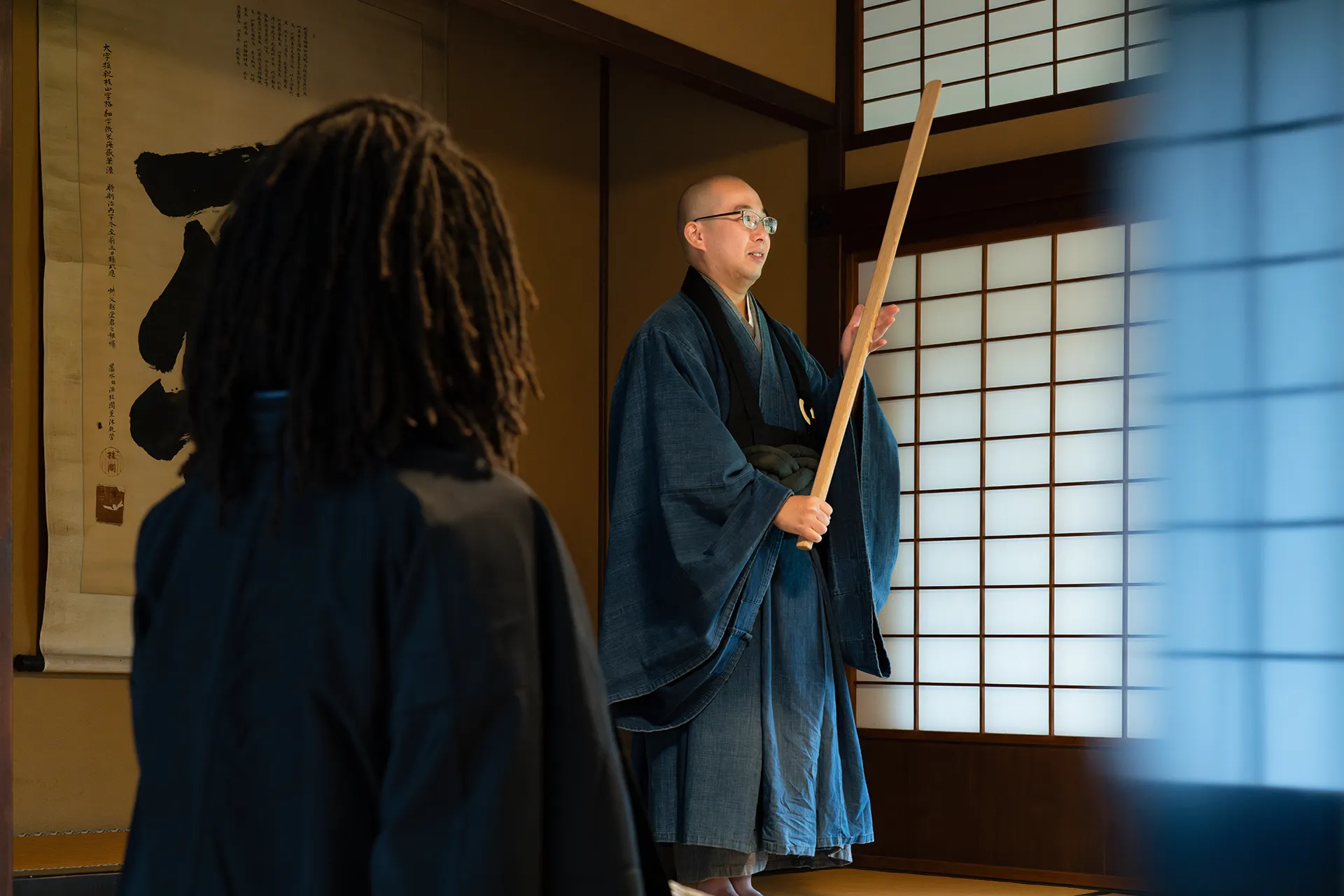
Katoh-sensei explained to us the key aspects to practicing zazen, like how your eyes should remain just slightly open throughout most of the meditation, focused on a spot on the floor in front of you, and the roles posture and breathing play in the process. He taught us that breathing serves as the “entry point” into zazen, and how when you lose focus during the meditation, you can re-center your mind by simply breathing in and out slowly, deliberately filling your lungs and emptying them. After the zazen, we then took part in a traditional Japanese tea ceremony. Katoh-sensei guided us through the steps of preparing the tea, and using a whisk to mix the tea powder with water. We were also treated to sweets made by a local wagashiyasan, or traditional Japanese confectioner.
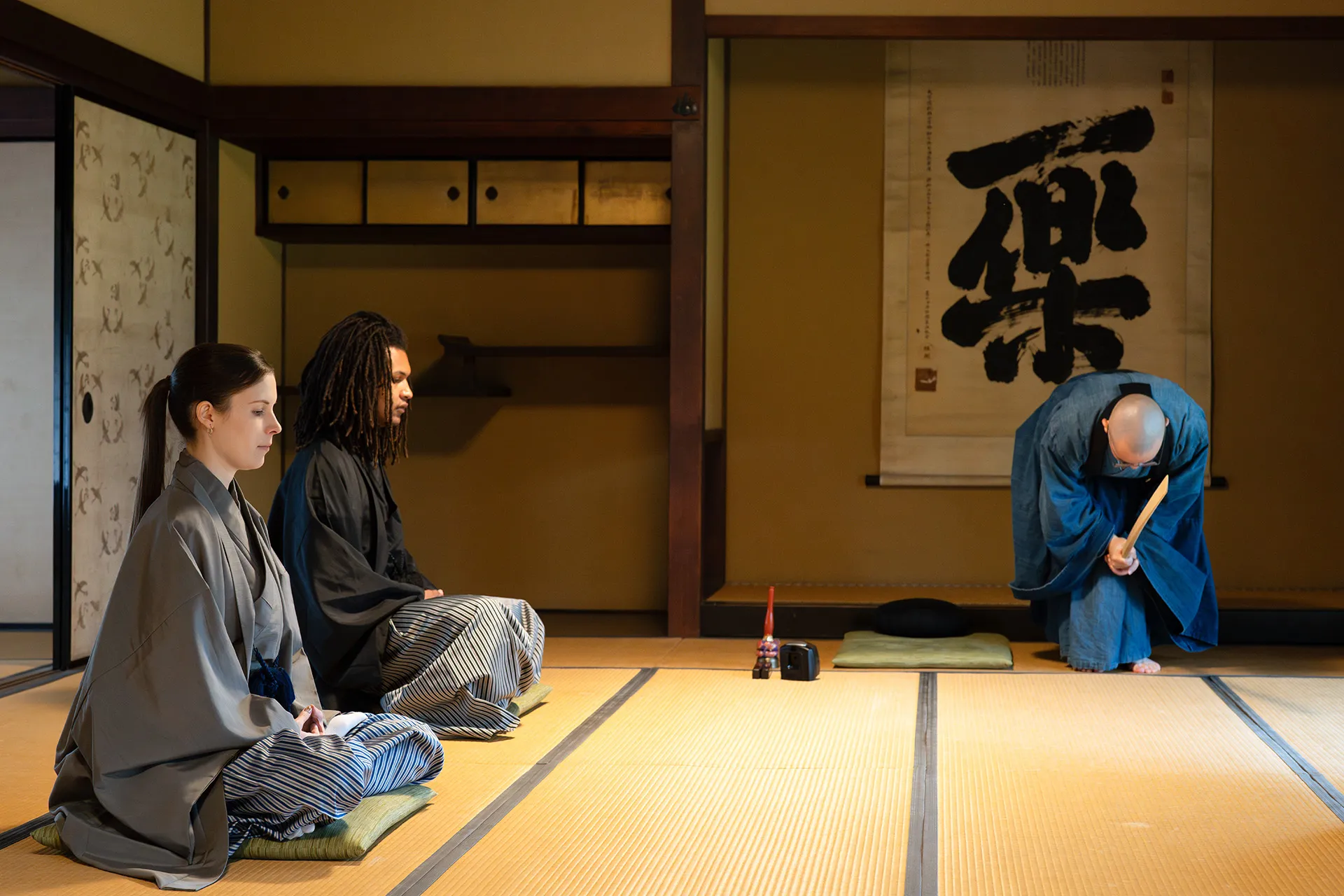
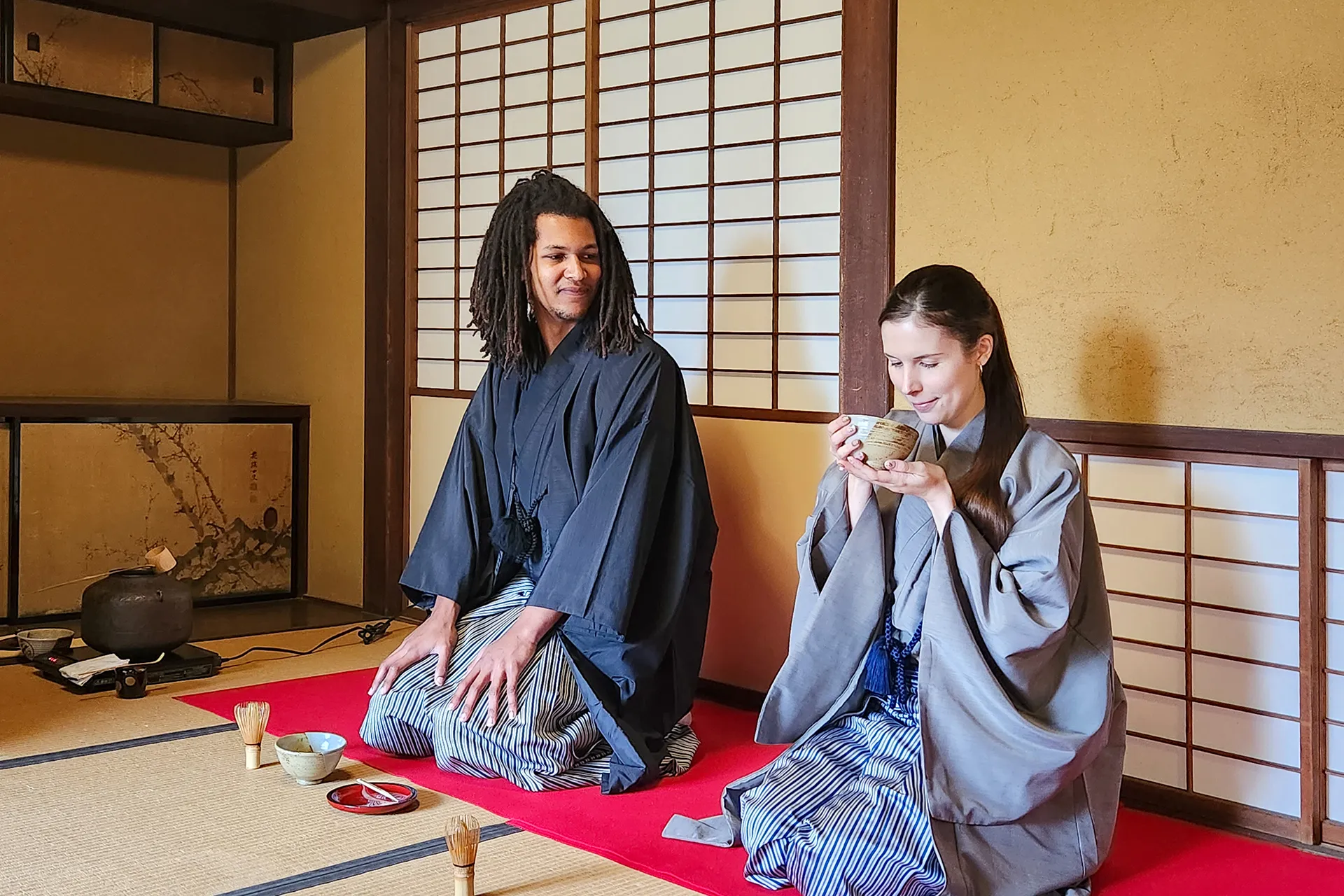
If you’re looking for a spot to grab some lunch while you’re in the area, one of our favorite restaurants is the soba noodle shop Boshuu-ya (Google Maps). You’ll find it in a traditional-style building in a central location between JR Sakura and Keisei-Sakura Station, not far from the Old Samurai Residences and Sakura City Museum of Art. An English menu is available upon request.
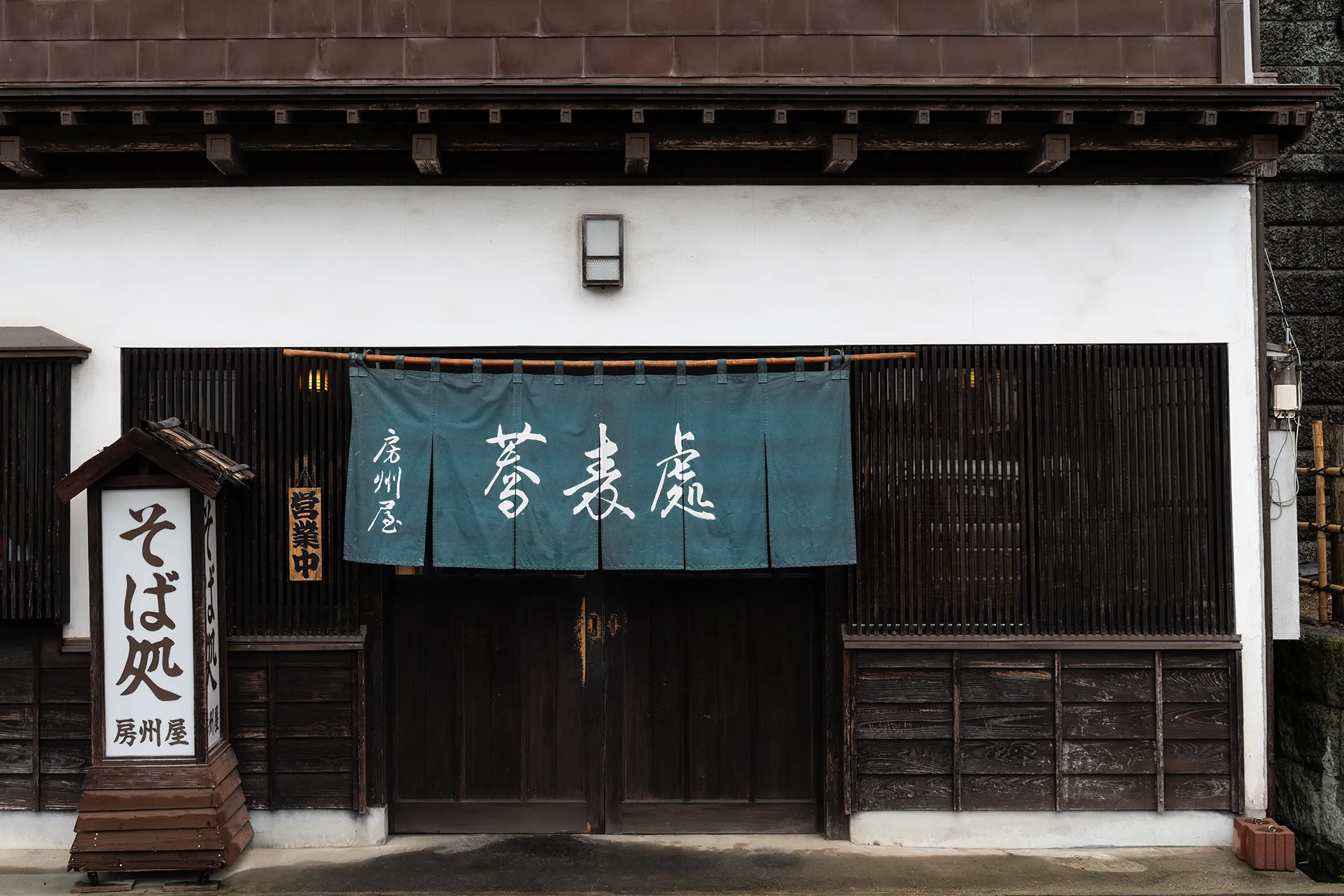
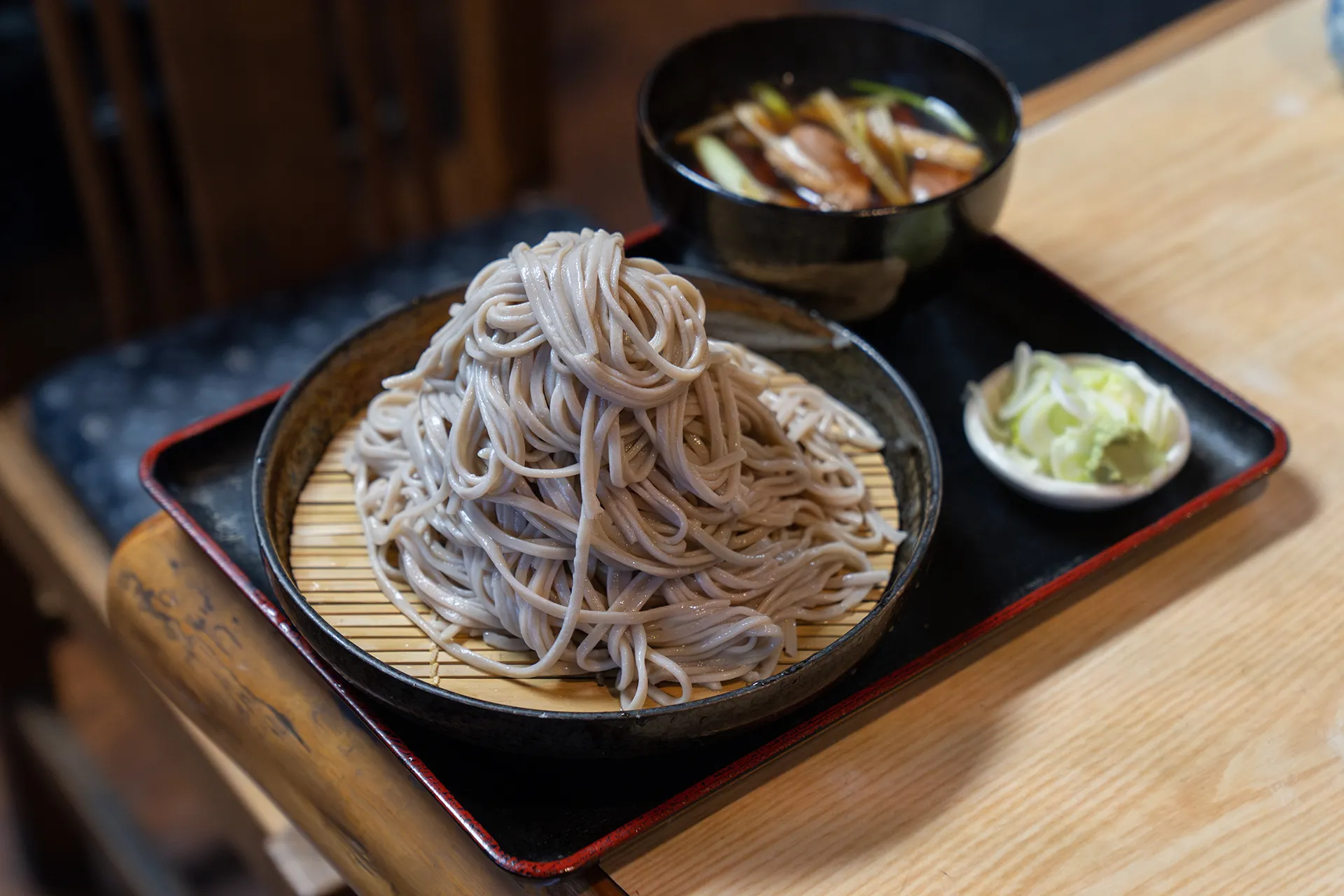
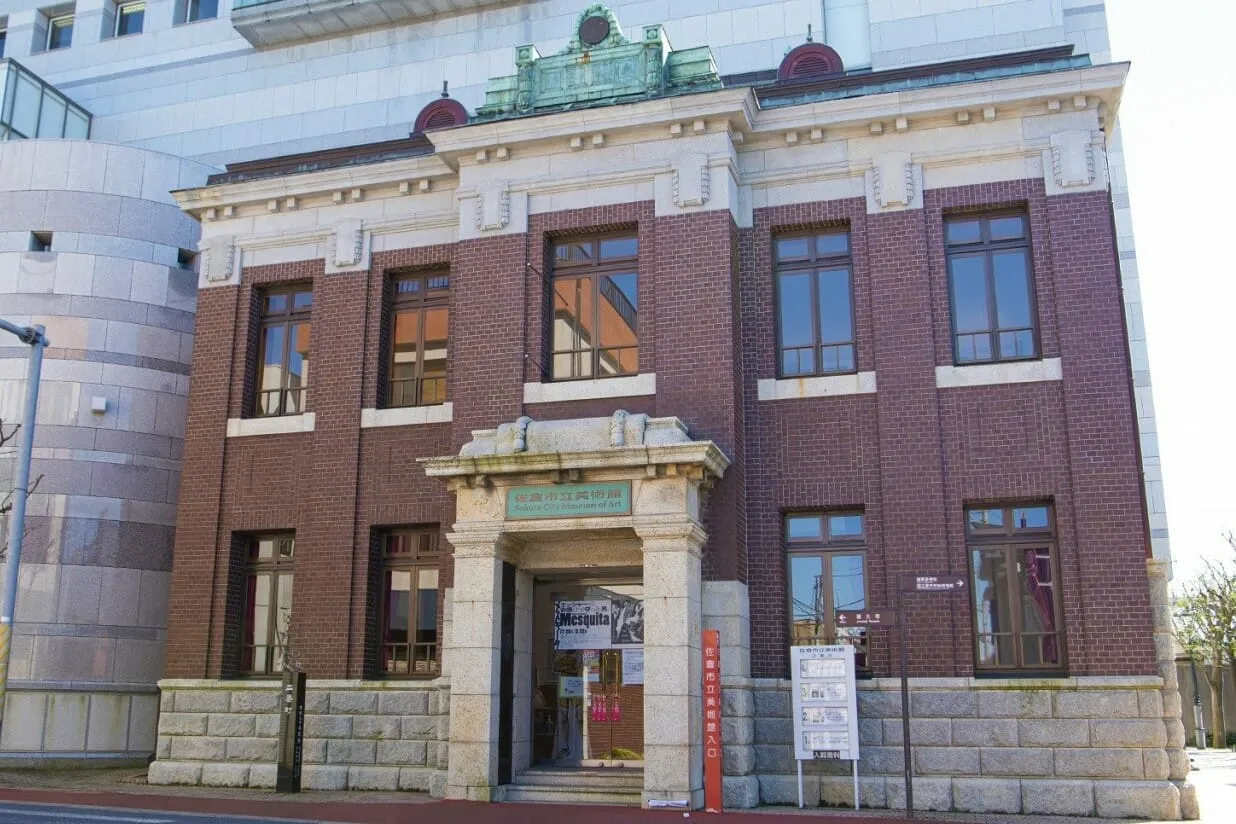
The first thing you’ll notice here is the stunning entrance hall and its distinct western-style architecture. Designed by Yabe Matakichi, a famous 20th century architect, the outside shows the elegance of western architecture put into practice by Japanese designers. This museum has changing exhibits, always exploring artists that have a connection to Sakura City. The cafe inside has handmade sandwiches and desserts, as well as a tasty variety of drinks.
Get more information on the museum here: https://www.visitchiba.jp/things/a-vanguard-of-art-in-the-center-of-chiba/
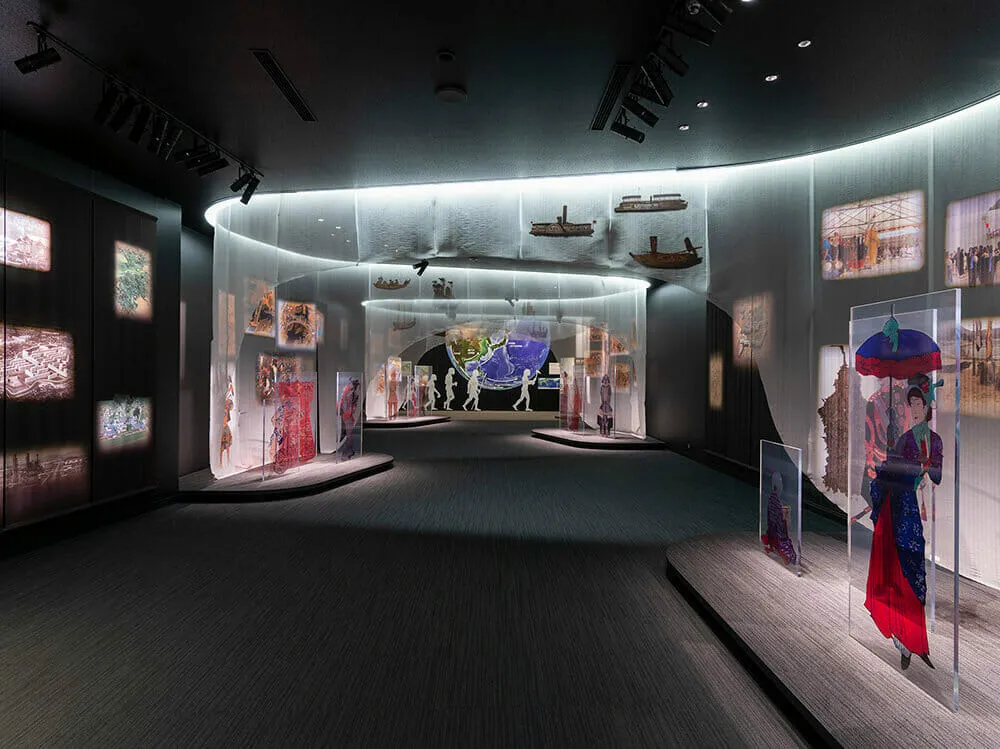
Having gotten a good look at various aspects of the area’s past and present, bring it all together here at “Rekihaku”, the National Museum of Japanese History. Step way back to the very beginnings of Japanese society, and journey through the ages seeing the changes, innovations, and arts that made Japanese culture what it is today. Start in prehistory and ancient times, the hunter/gatherer times, and continue through history until you find yourself in 20th century Japan. Everything in between is beautifully displayed, and you’re sure to bolster your knowledge of Japanese culture seeing how rice production was first done, kimonos of the nobles reproduced in authentic silk, and much much more. See it all first hand here, in fleshed-out, life-like displays that are easy to absorb.
Get more information on “Rekihaku” here: https://www.visitchiba.jp/things/national-museum-of-japanese-history/
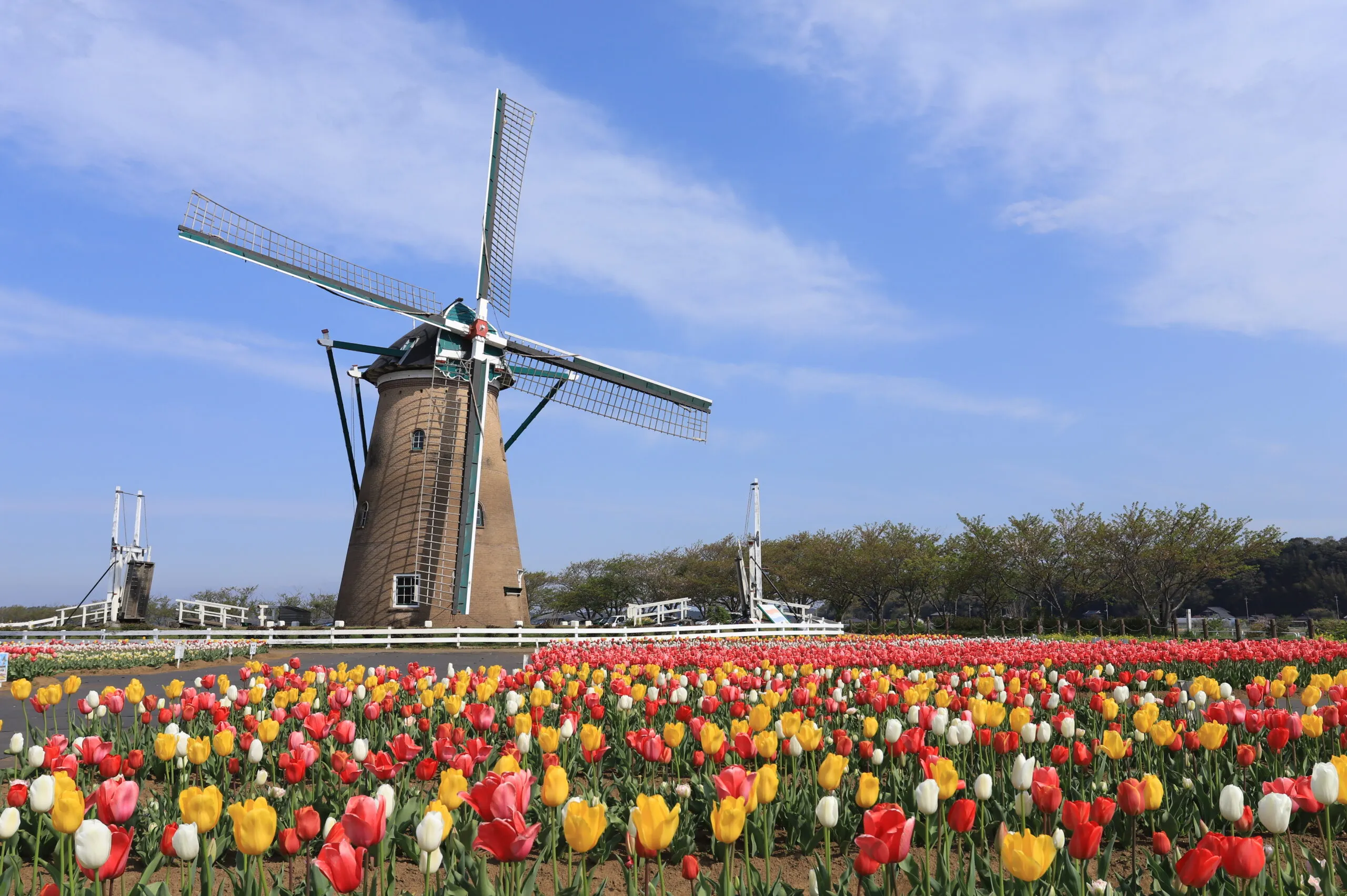
Sakura Furusato Square draws visitors throughout the year with its stunning flower displays, all of which center around a Dutch-style windmill. The rows of tulips, sunflowers, and cosmos make it an idyllic floral photo spot, but the windmill itself, named Liefde, boasts its own unique story related to the city’s historic connection to the Netherlands. To learn more, please check out: https://www.visitchiba.jp/things/sakura-furusato-square/
5-23 Jonaicho, Sakura City
(A 20-minute walk from JR Sakura Station)
+81-43-484-6145
Kawara-ke: 57 Miyakoujimachi, Sakura City
Tajima-ke: 61 Miyakoujimachi, Sakura City
Takei-ke: 60 Miyakoujimachi, Sakura City
(A 15-minute walk from JR Sakura Station)
Accessibility
210 Shinmachi, Sakura City
(An 8-minute walk from Keisei Sakura Station's south exit, or a 20-minute walk from JR Sakura Station's north exit.)
+81-43-485-7851
117 Jonai-cho, Sakura City
(A 15-minute walk from Keisei Sakura Station. From JR Sakura Station: Take the Chiba Green Bus headed for "Tamachi Shako", and get off at the "Kokuritsu Hakubutsukan Iriguchi" or "Kokuritsu Rekishi Minzoku Hakubutsukan" bus stops (about a 15-minute bus ride).)
+81-50-5541-8600
Accessibility